Contract Law: Offer vs Invitation to Offer
The difference between an offer and an invitation to offer is straightforward and depends mainly on the "intention" of the parties involved.
- Offer: Allows the other party to create a legally binding agreement once it is accepted.
- Invitation to Offer (or Invitation to Treat): Invites the other party to negotiate and make an offer themselves. We often encounter this difference in our daily lives.
The definition of an offer or proposal can be found in Section 2(a) of the Indian Contract Act. According to this Act, when one person communicates their willingness to do or not do something to obtain the other person’s agreement, it is considered a proposal. In simpler terms, when someone tells another person they are willing or unwilling to do something for them, they are proposing.
What is an ‘Invitation to Offer’ or ‘Invitation to Treat’?
An invitation to offer or invitation to treat is a situation where no specific party intends to enter into a contract immediately. Instead, the seller is open to entering into a contract with any member of the public who presents the best offer. This means that, in an invitation to treat, it is the buyer who makes the offer.
Examples:
- Shop Displays: When clothes or other goods are displayed in a shop, they are inviting customers to make an offer to buy them. The price tags and displays are not offers themselves but invitations for customers to make offers.
- Advertisements: Ads that announce discounts, such as “50% Off on All Shirts!” are invitations to treat. They encourage potential buyers to make an offer to purchase the discounted items.
- Auctions: Goods presented in an auction are also invitations to treat. The auctioneer invites bids, and each bid is an offer that the auctioneer can accept or reject.
Key Difference:
- Offer: When an offer is made, it shows a readiness to enter into a contract as soon as the offer is accepted by the other party.
- Invitation to Offer: This is a preliminary step, inviting others to make an offer. The actual contract is formed when an acceptable offer is made and accepted.
Formation of a Contract:
- Invitation to Offer: The process starts with an invitation to offer, like displaying goods with prices.
- Making an Offer: A customer (buyer) makes an offer to purchase the item.
- Acceptance: If the seller accepts the offer, a contract is formed.
In summary, an invitation to offer allows potential buyers to initiate the contractual process by making an offer, which the seller can then accept, forming a legally binding contract.
The Role of Intention
Intention in an Offer:
In an offer, both parties have a clear intention to enter into a legally binding agreement after proper negotiation. Once an offer is accepted, both parties are committed to the terms of the agreement.
Intention in an Invitation to Offer:
In an invitation to offer, such intention is not present. Instead, it invites potential buyers to make an offer, allowing for more flexibility and negotiation before reaching a final agreement.
- Browsing in a Shop: A person may browse through books or dresses in a shop without intending to make an immediate purchase. The displayed items are invitations to offer.
- Seller's Discretion: A seller may choose not to sell their goods to a customer if the customer is unwilling to pay the desired price. The displayed goods invite offers, but the seller is not obliged to accept them.
Key Difference:
- Offer: Indicates a readiness to enter into a contract immediately upon acceptance. Both parties have the intention to create a legally binding agreement.
- Invitation to Offer: Does not carry the same intention to create a contract. It allows for negotiation and gives the seller the flexibility to accept or reject offers.
In summary, while an offer signifies a clear intention to form a contract upon acceptance, an invitation to offer provides an opportunity for negotiation without an immediate commitment. This distinction ensures that parties have the flexibility to explore terms before finalizing an agreement.
Difference Between Offer and Invitation to Offer
| Aspect | Invitation to Offer | Offer |
|---|---|---|
| Definition | A statement showing willingness to negotiate a contract. | An expression of willingness to perform or refrain from acting to obtain the other party’s agreement. |
| Purpose | To elicit an offer from the other party. | To obtain acceptance from the other party. |
| Defined In | Not explicitly defined in the Indian Contract Act 1872. | Defined in section 2(a) of the Indian Contract Act 1872. |
| Acceptance | Can turn into an offer if accepted by the other party. | Becomes a binding agreement upon acceptance by the other party. |
| Legal Consequences | Does not result in legal consequences. | Leads to legal consequences and can form the basis of a contract. |
| Made To | Can be extended to a group. | Typically made to a specific party. |
| Example | A bookseller sending a catalogue of books with prices listed. | If a person interested in any book from the catalogue offers to purchase it from the seller. |
Case Laws to Distinguish Between Offer and Invitation to Offer
Harvey v. Facey
Facts:
H (Harvey) sent a telegram to F (Facey) asking, “Will you be willing to sell Whiteacre to us?” F replied, “Lowest price, £900.” H then responded, “We agree to buy for £900 as requested by you.”
Decision: The court held that F’s response was not an offer but merely a response to H’s inquiry about the price. H’s reply was an offer to purchase, which F had the option to accept or reject. F chose to decline, resulting in no agreement.
Principle Established: A simple price quote in response to an inquiry does not constitute an offer. It is merely an invitation to negotiate further.
General Principle: An invitation to treat indicates that the offeror is not yet ready to be bound by an agreement. Instead, it presents terms for negotiation. It cannot be accepted as it stands but invites offers from interested parties.
Harris v. Nickerson (1873)
Facts: An auctioneer advertised certain items for sale at an auction. However, when some of the items were withdrawn before the sale, a potential buyer sued for damages.
Decision: The court held that the advertisement was an invitation to treat, not an offer. The auctioneer was not bound to sell the items simply because they were advertised.
Principle Established: The auctioneer’s advertisement is an invitation for bids, not an offer to sell. The actual offer occurs when a bid is made, which the auctioneer can accept or reject.
Key Points
| Aspect | Offer | Invitation to Offer |
|---|---|---|
| Definition | An expression of willingness to perform or refrain from acting to obtain the other party’s agreement. | A statement showing willingness to negotiate a contract. |
| Purpose | To obtain acceptance from the other party. | To elicit an offer from the other party. |
| Defined In | Section 2(a) of the Indian Contract Act 1872. | Not explicitly defined in the Indian Contract Act 1872. |
| Acceptance | Becomes a binding agreement upon acceptance by the other party. | Can turn into an offer if accepted by the other party. |
| Legal Consequences | Leads to legal consequences and can form the basis of a contract. | Does not result in legal consequences. |
| Made To | Typically made to a specific party. | Can be extended to a group. |
| Example | Someone offers to sell their bicycle for Rs. 5,000. | A bookseller sends a catalogue with listed prices. |
| Key Case Law | Harvey v. Facey | Harris v. Nickerson (1873) |
Conclusion
An invitation to offer becomes a contract only when the seller extends an offer to the buyer. The key distinction lies in the term “invitation.” It signifies an invitation to any potential buyer to make an offer for the goods or services sold.
Examples of Invitations to Offer:
- Auctioneering: Inviting bids at an auction.
- Displaying Goods in a Shop: Presenting items with price tags.
- Invitations to Tender: Requesting bids for a project or service.
- Presenting a Menu in a Restaurant: Showing available dishes and prices.
- Advertisements in Newspapers: Promoting products or services.
- Viewing an Apartment for Sale or Rent: Inviting potential buyers or renters.
- Recruitment Offers: Advertising job vacancies.
- Requests for Proposals (RFPs): Seeking project proposals from vendors.
In each case, the invitation prompts potential buyers or interested parties to initiate the process by submitting their offers.
Share
Related Post
Tags
Archive
Popular & Recent Post
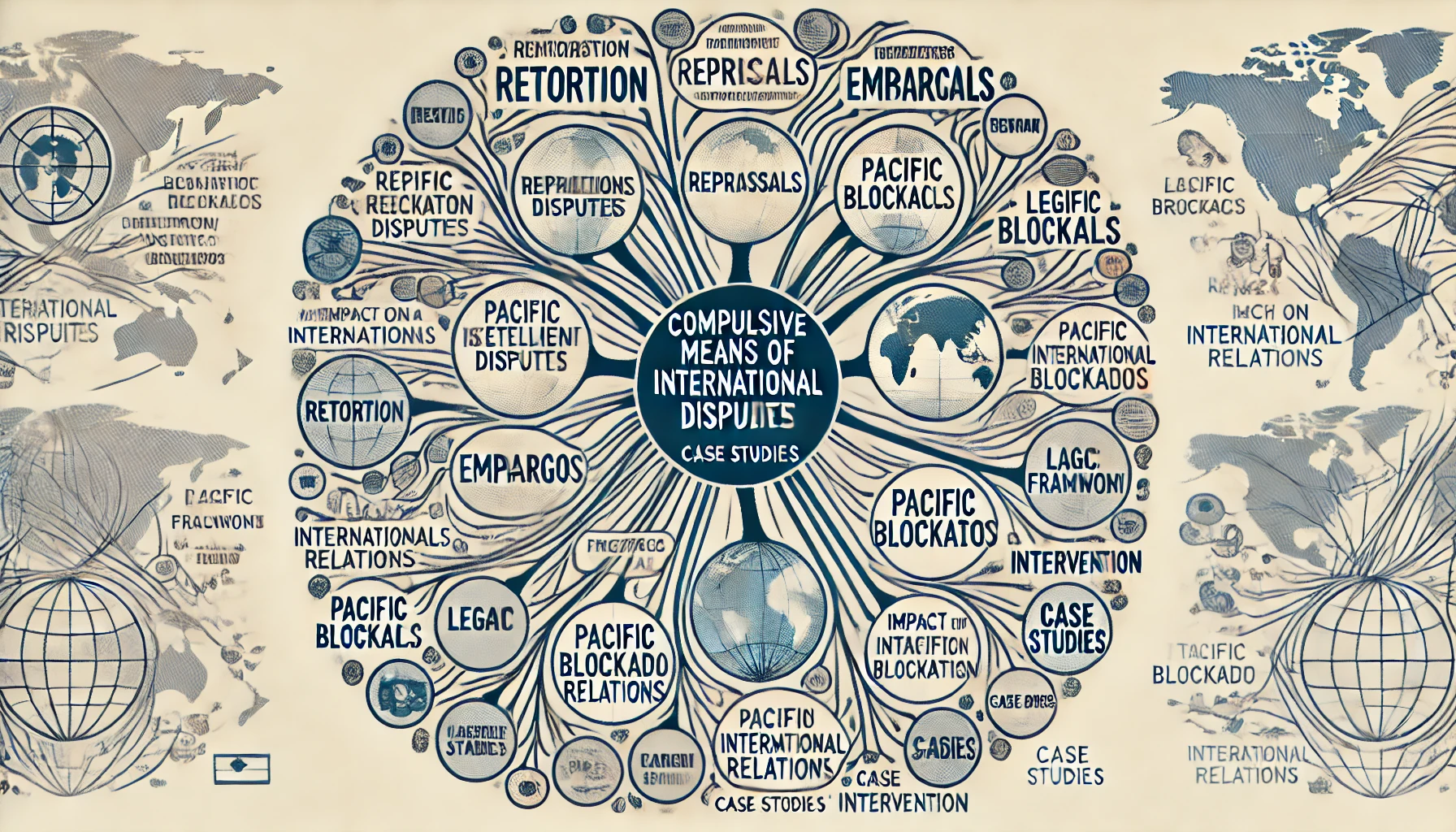




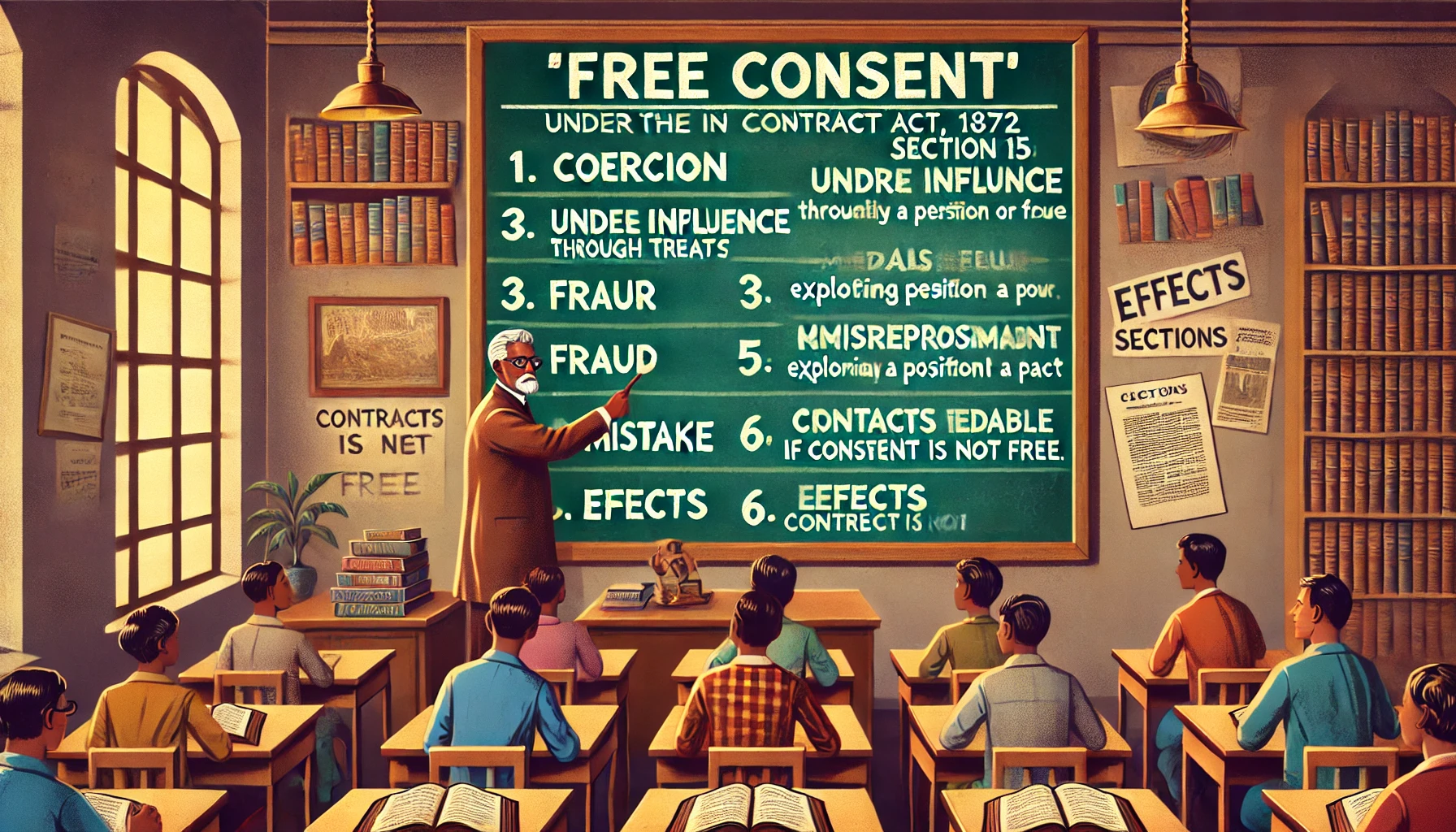
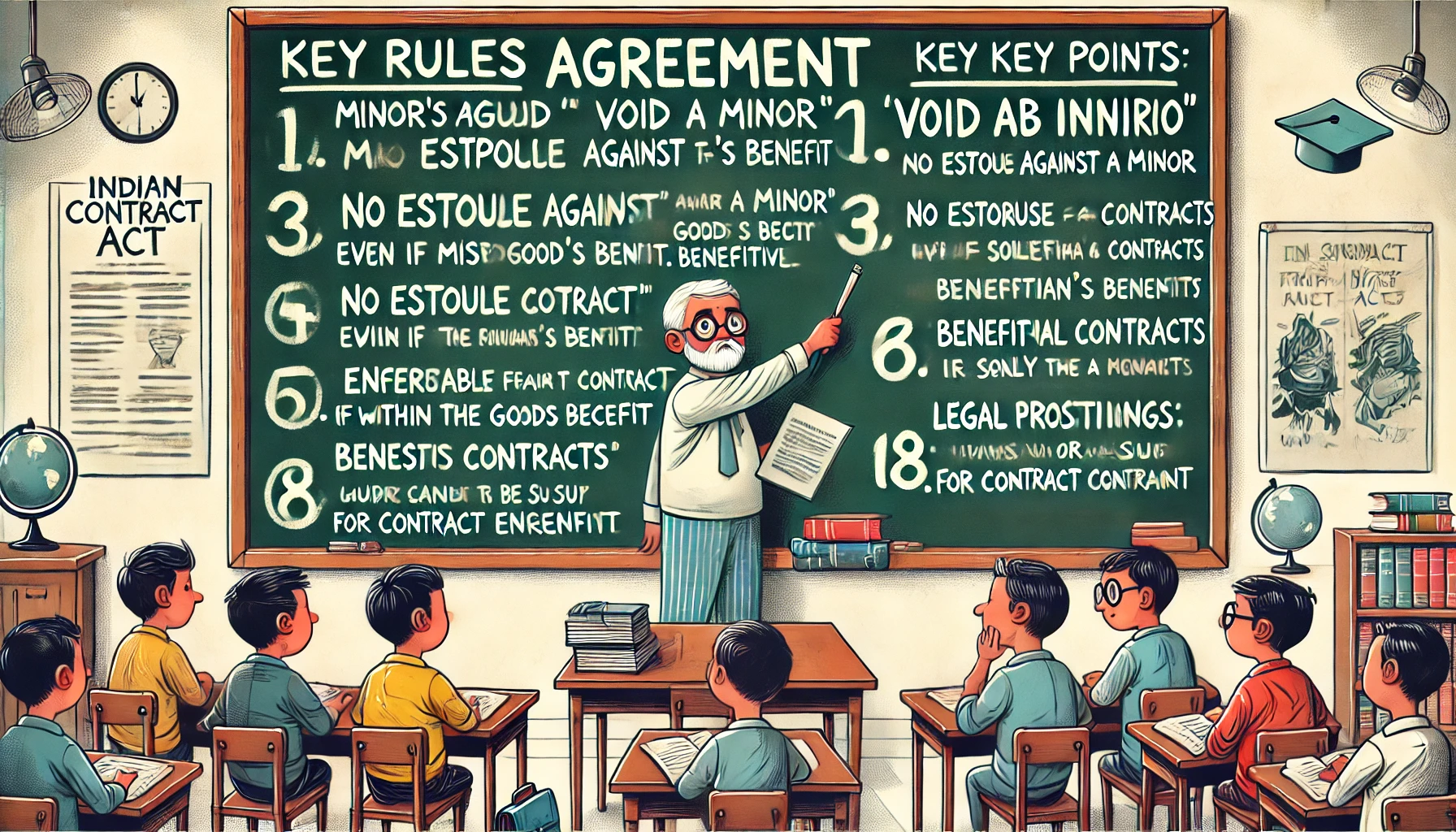
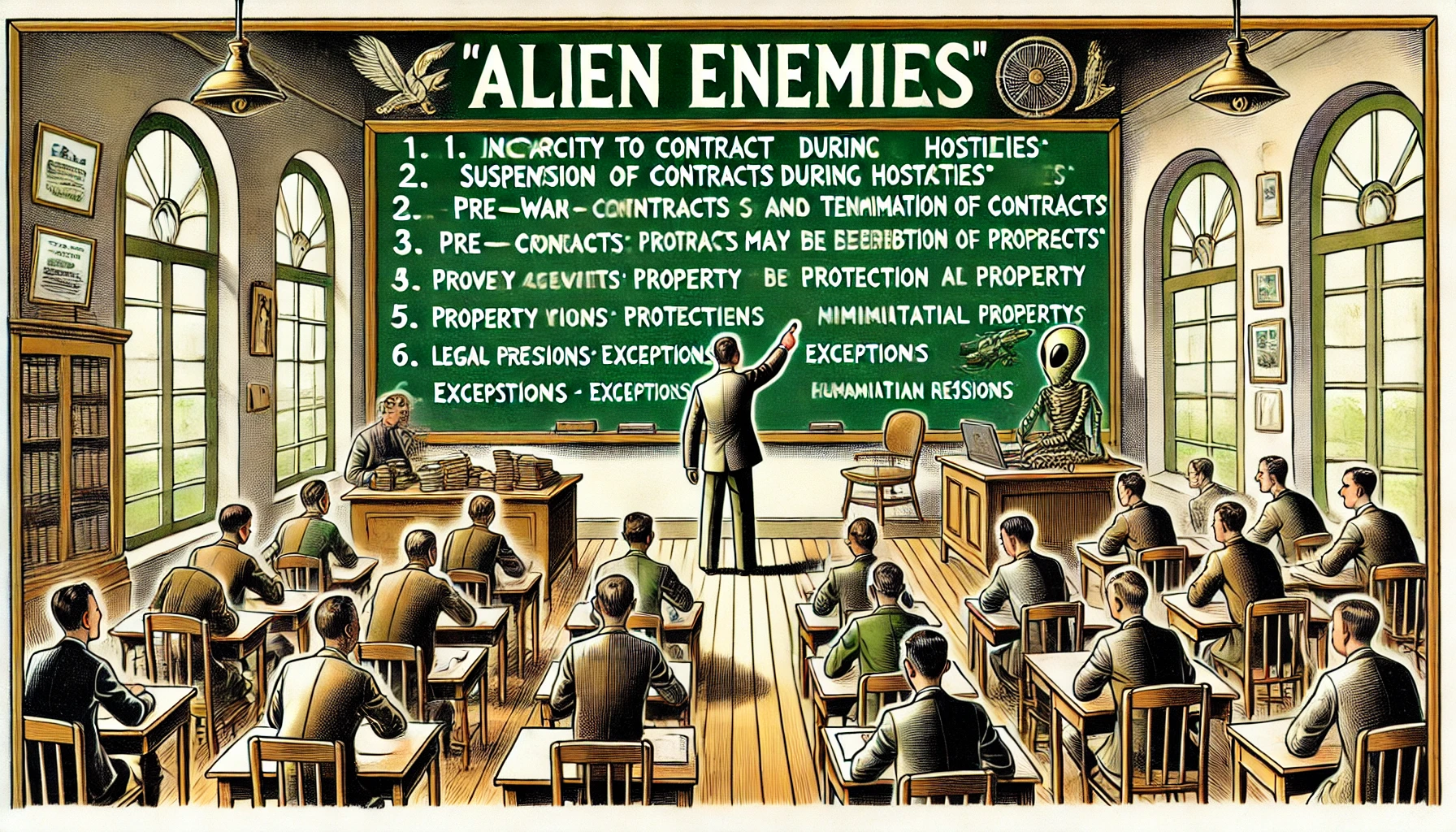
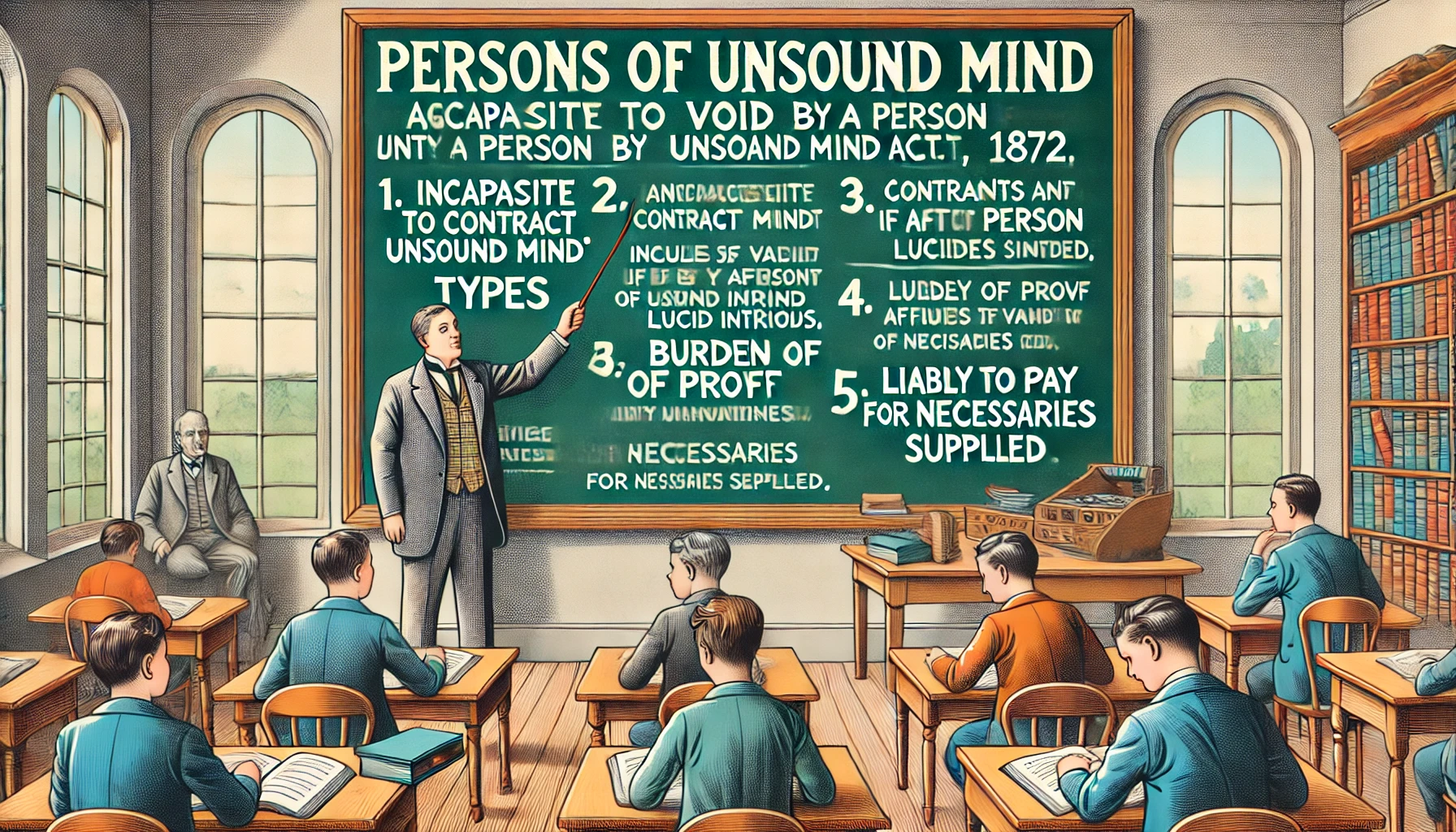
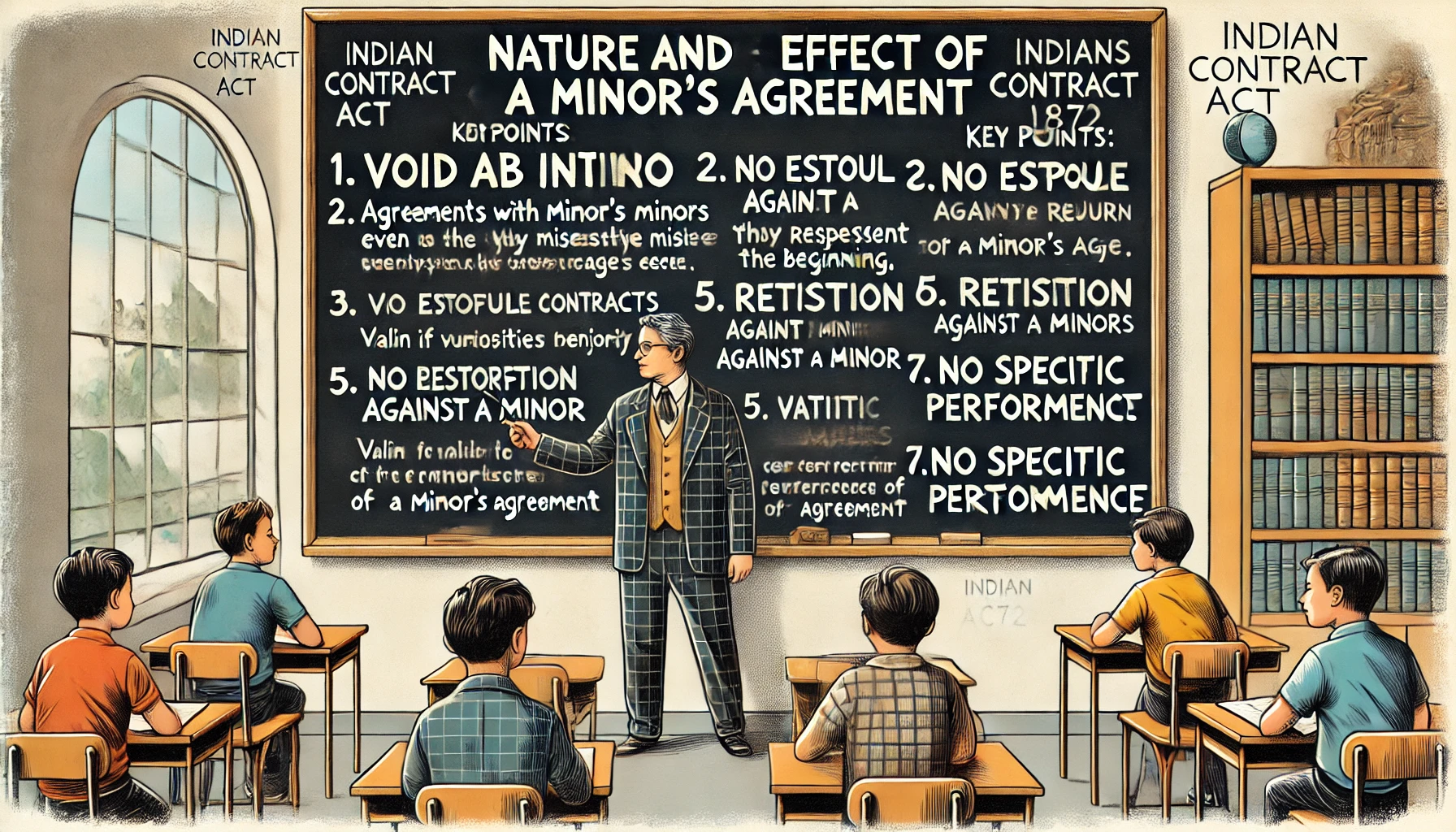

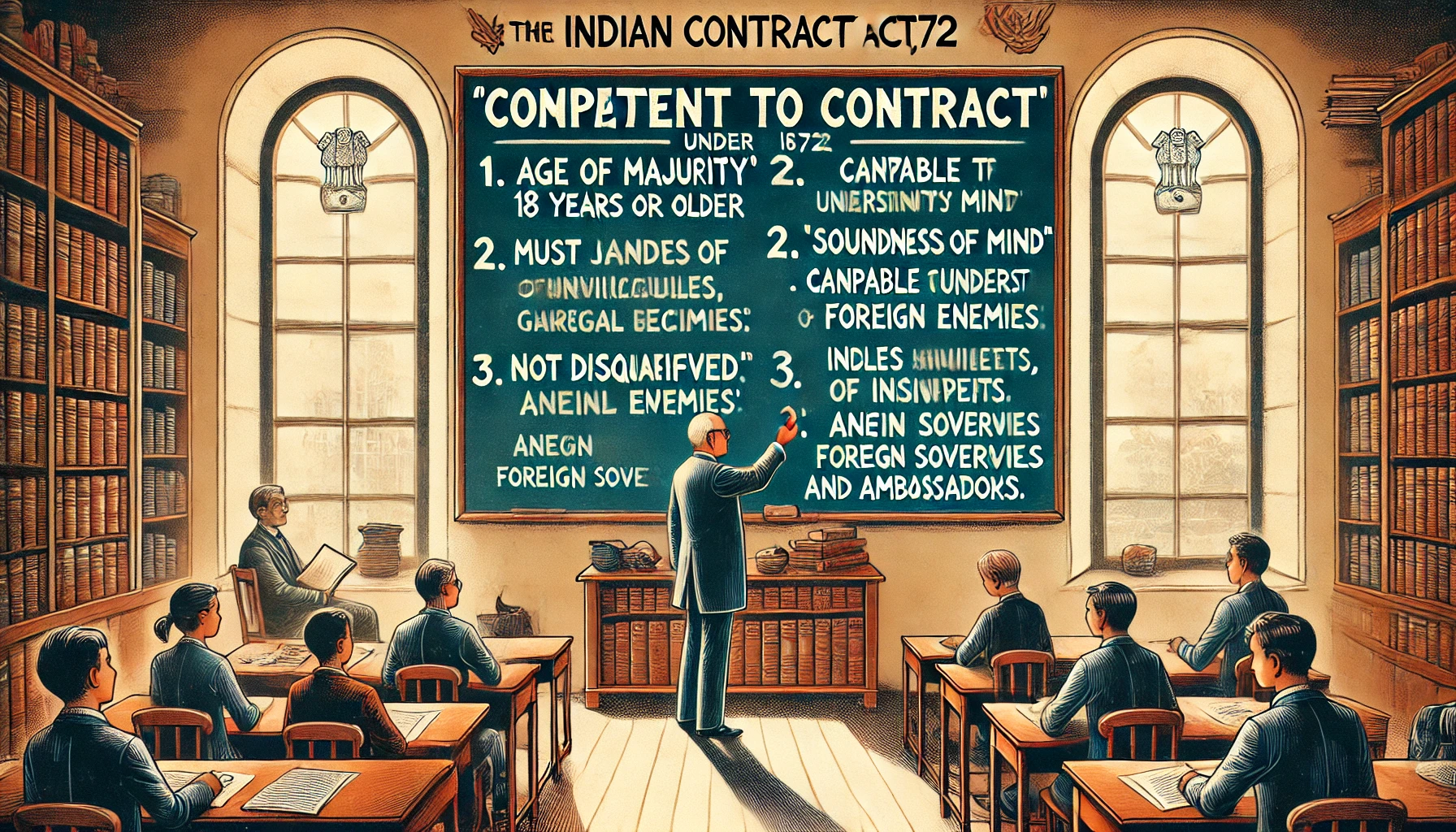

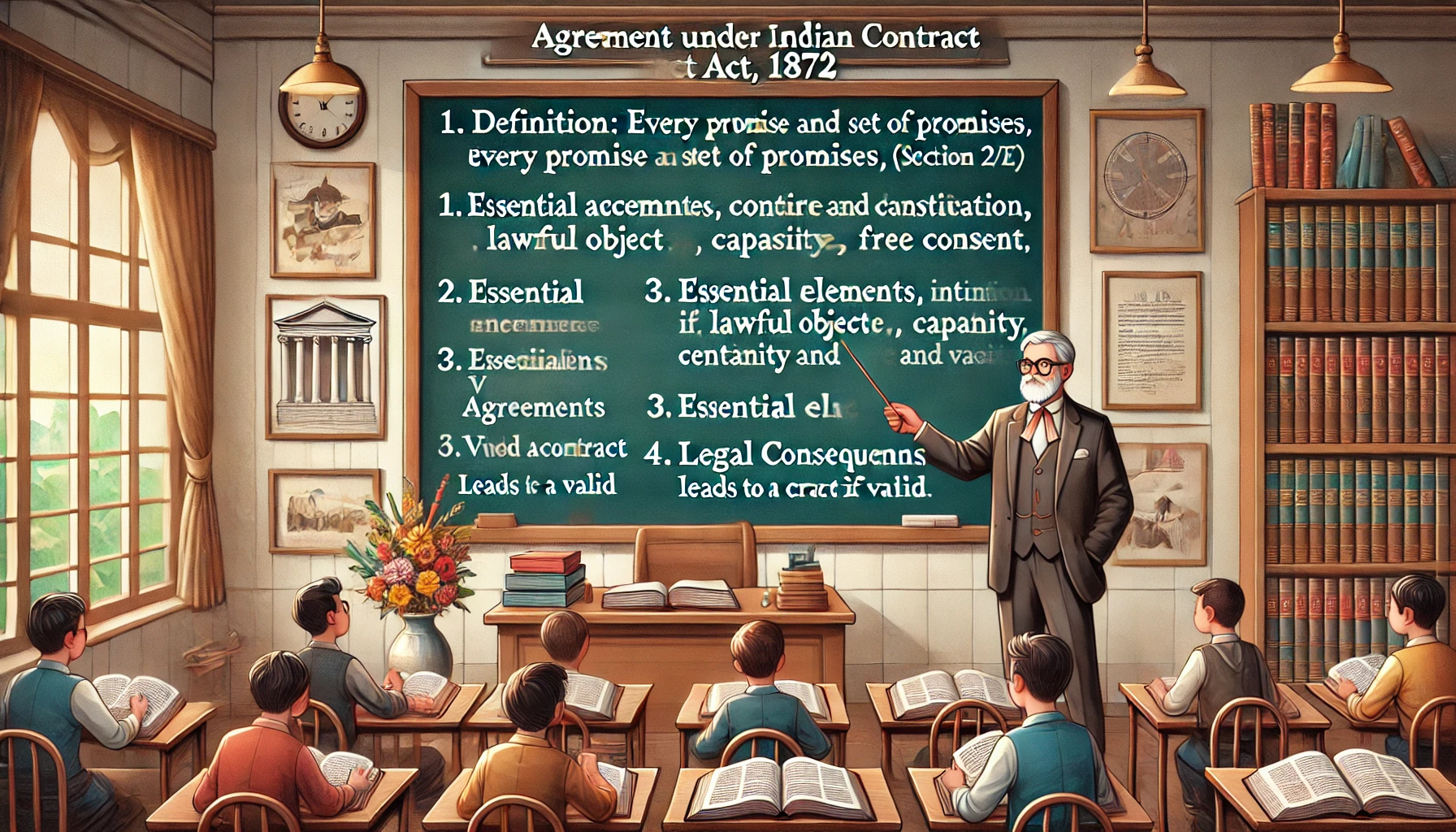
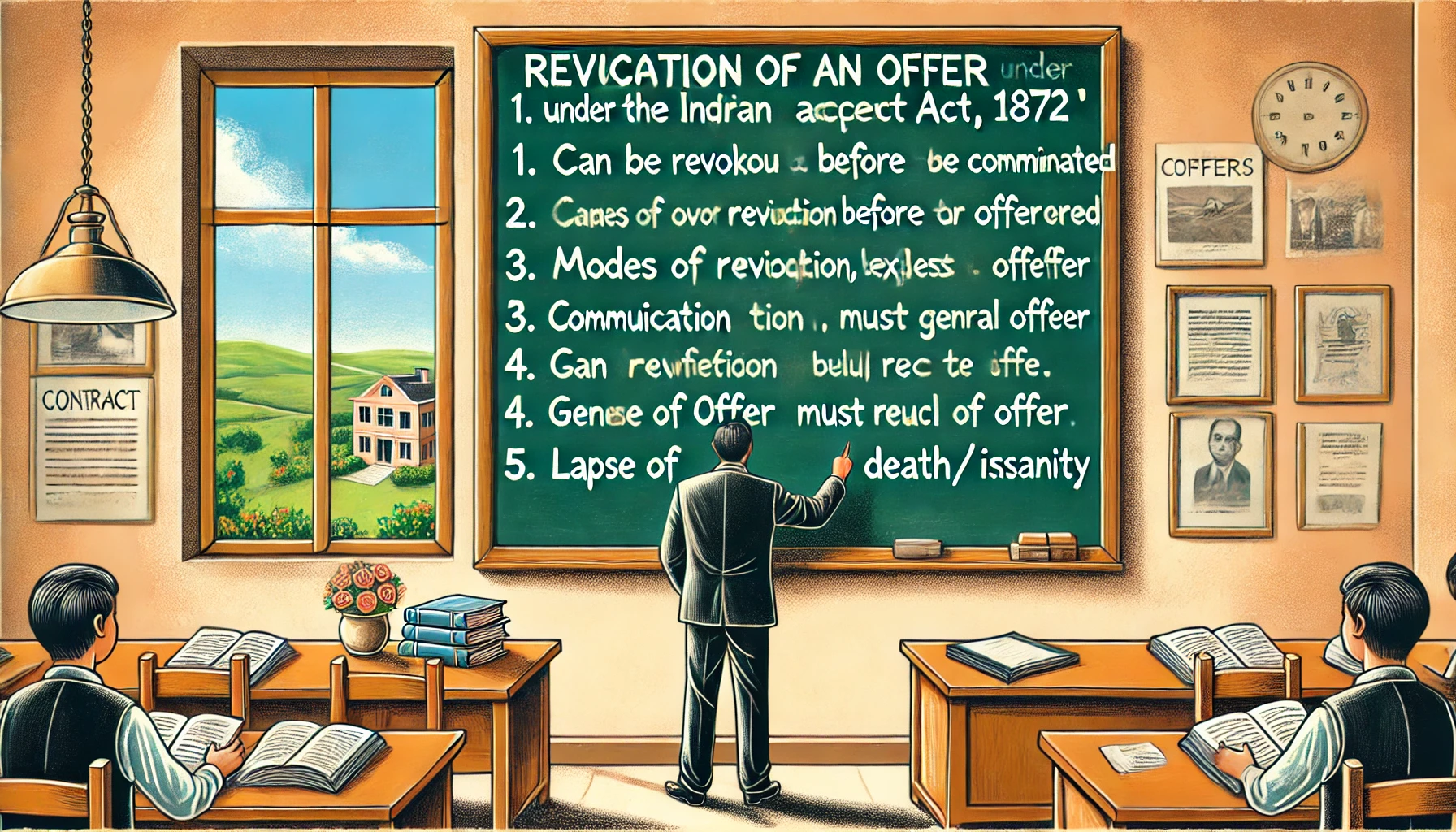
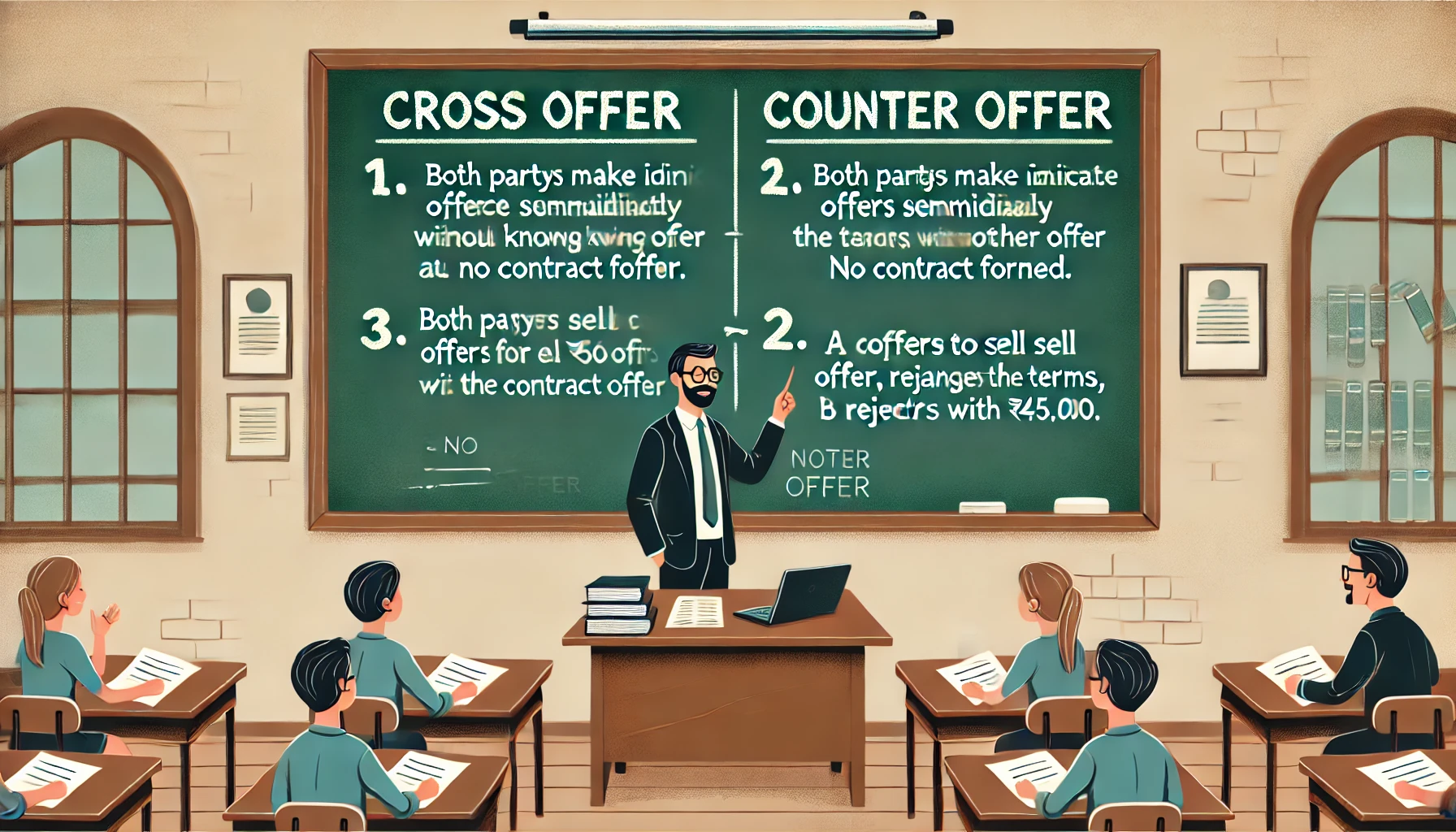
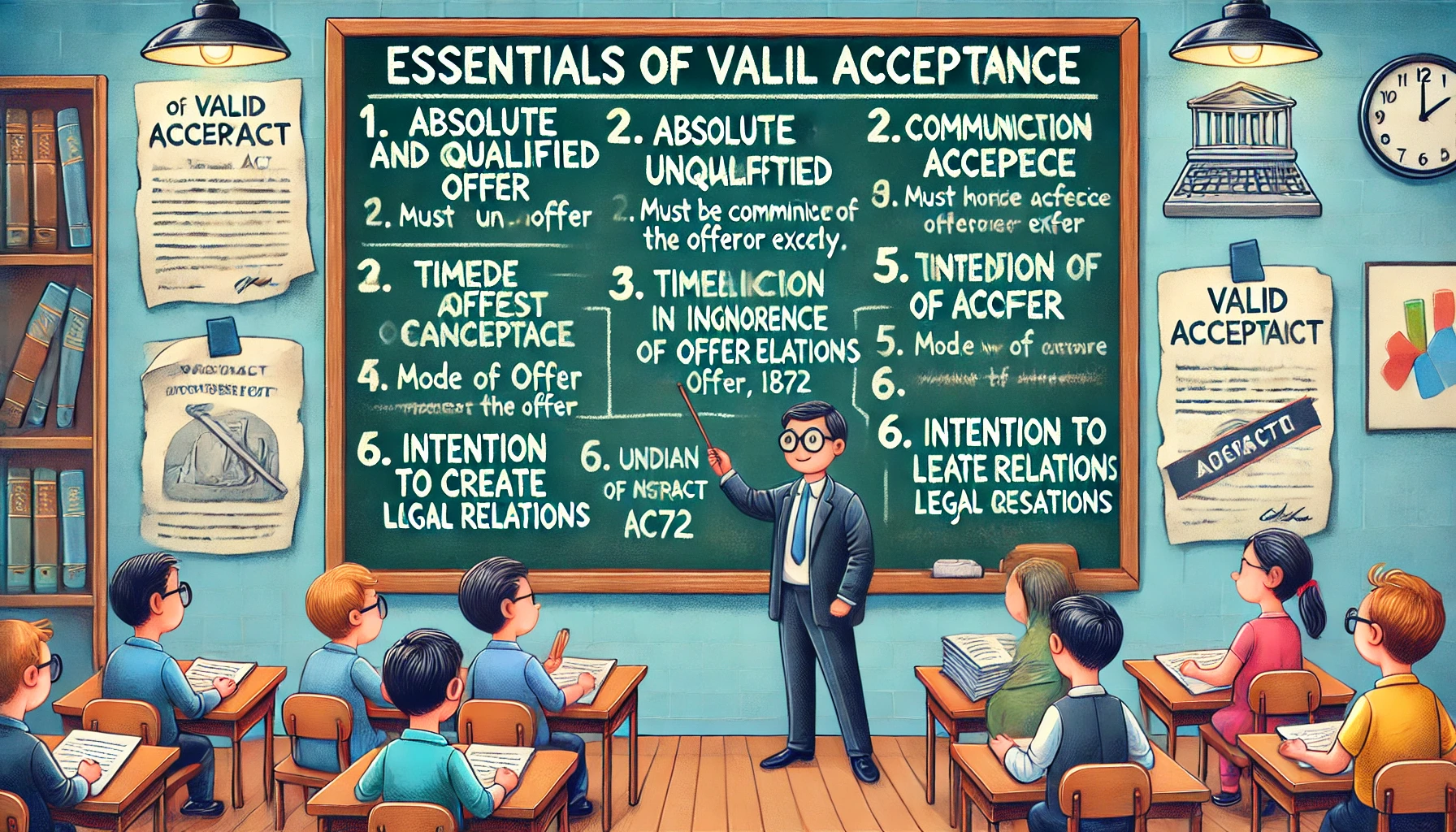



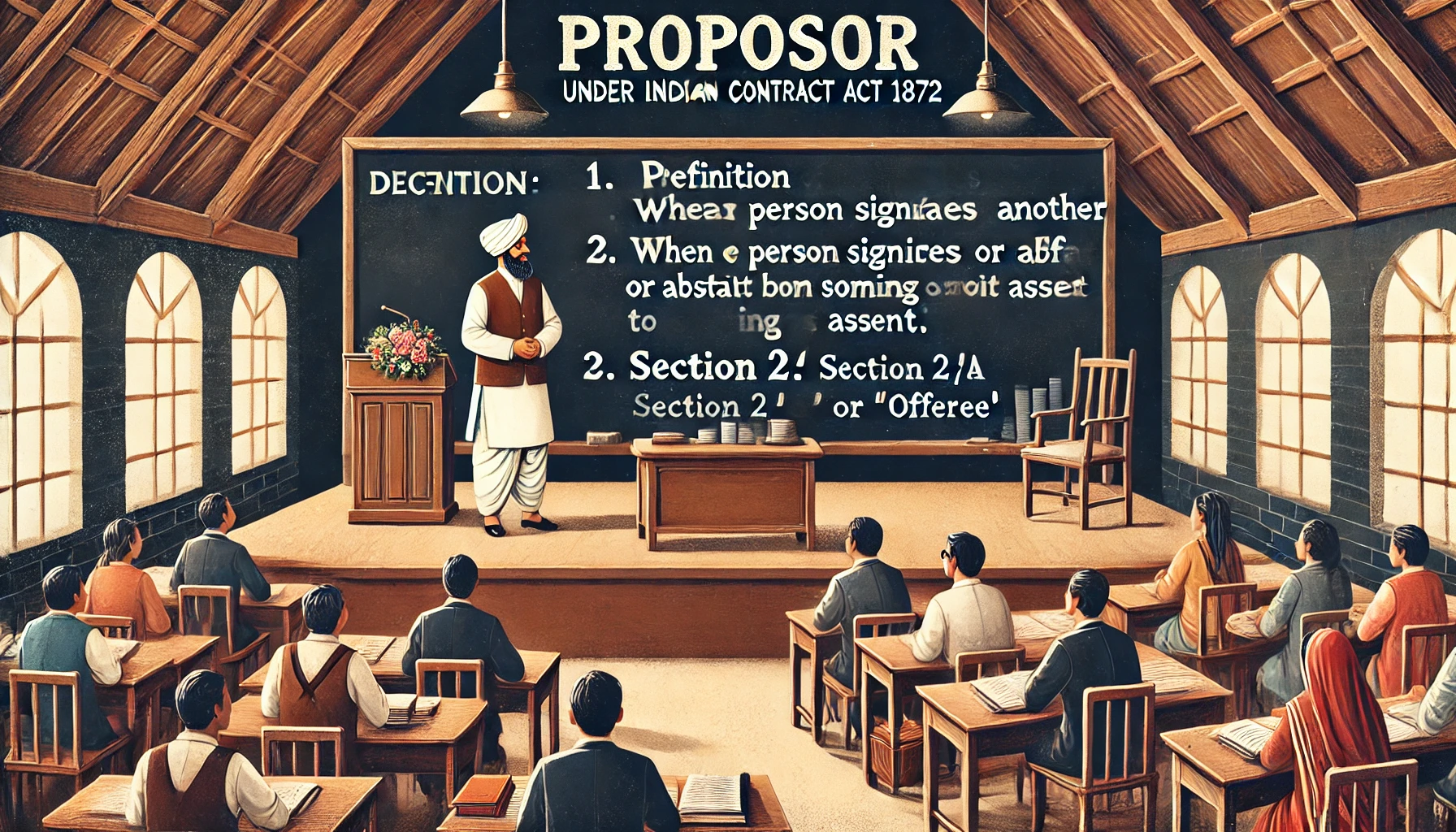


















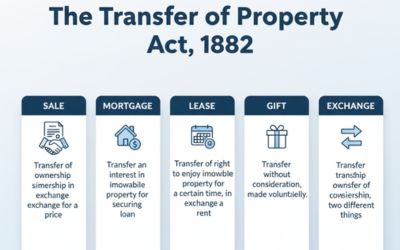
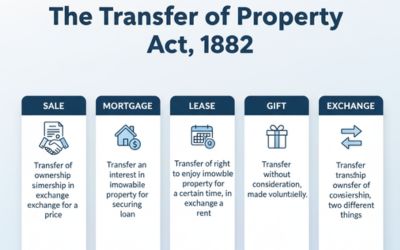

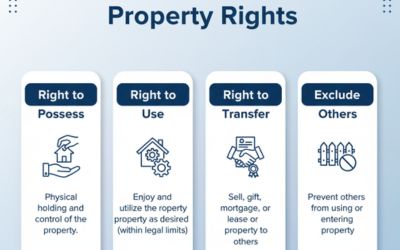

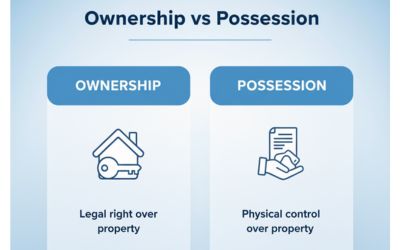


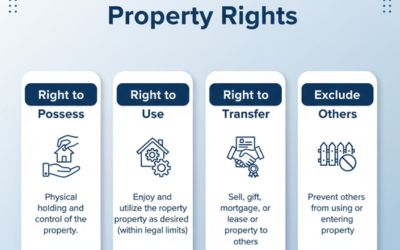
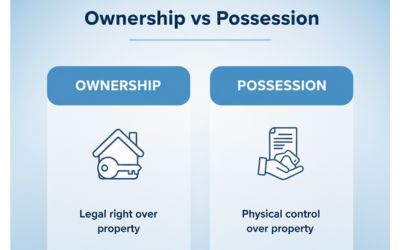

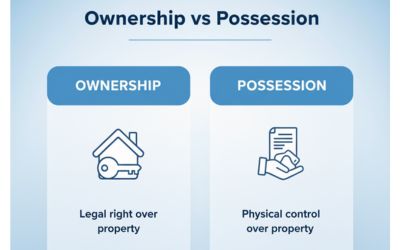

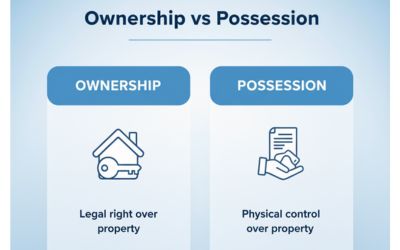



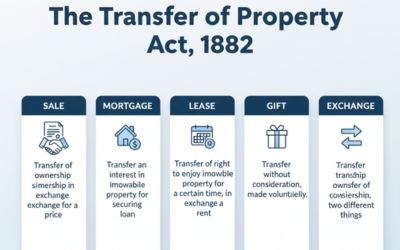
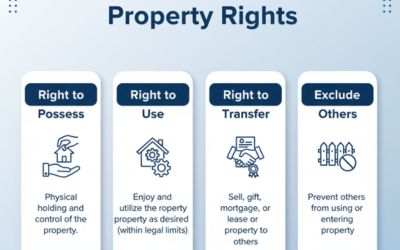
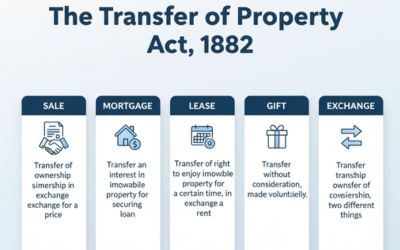
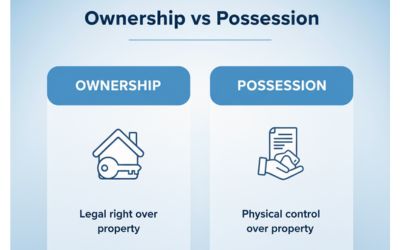
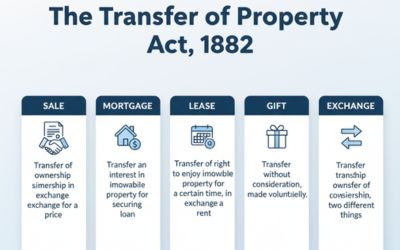



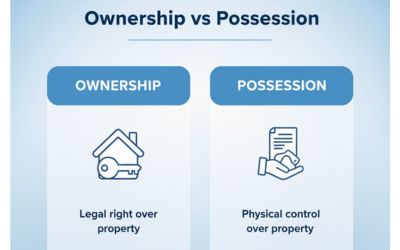
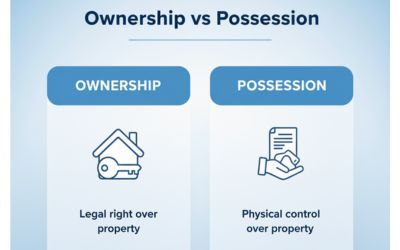
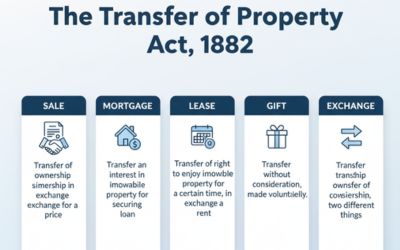
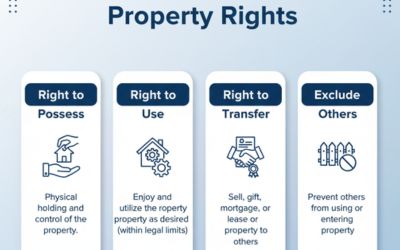
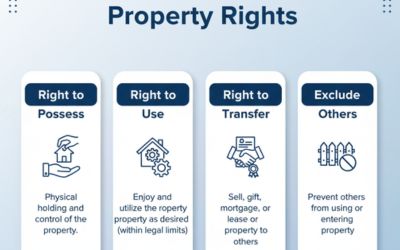
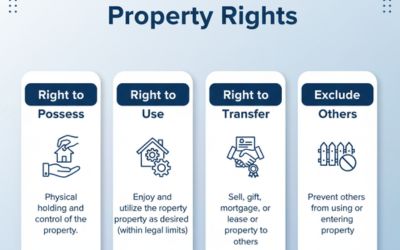
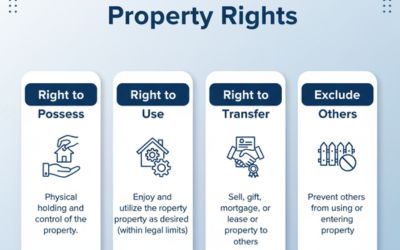


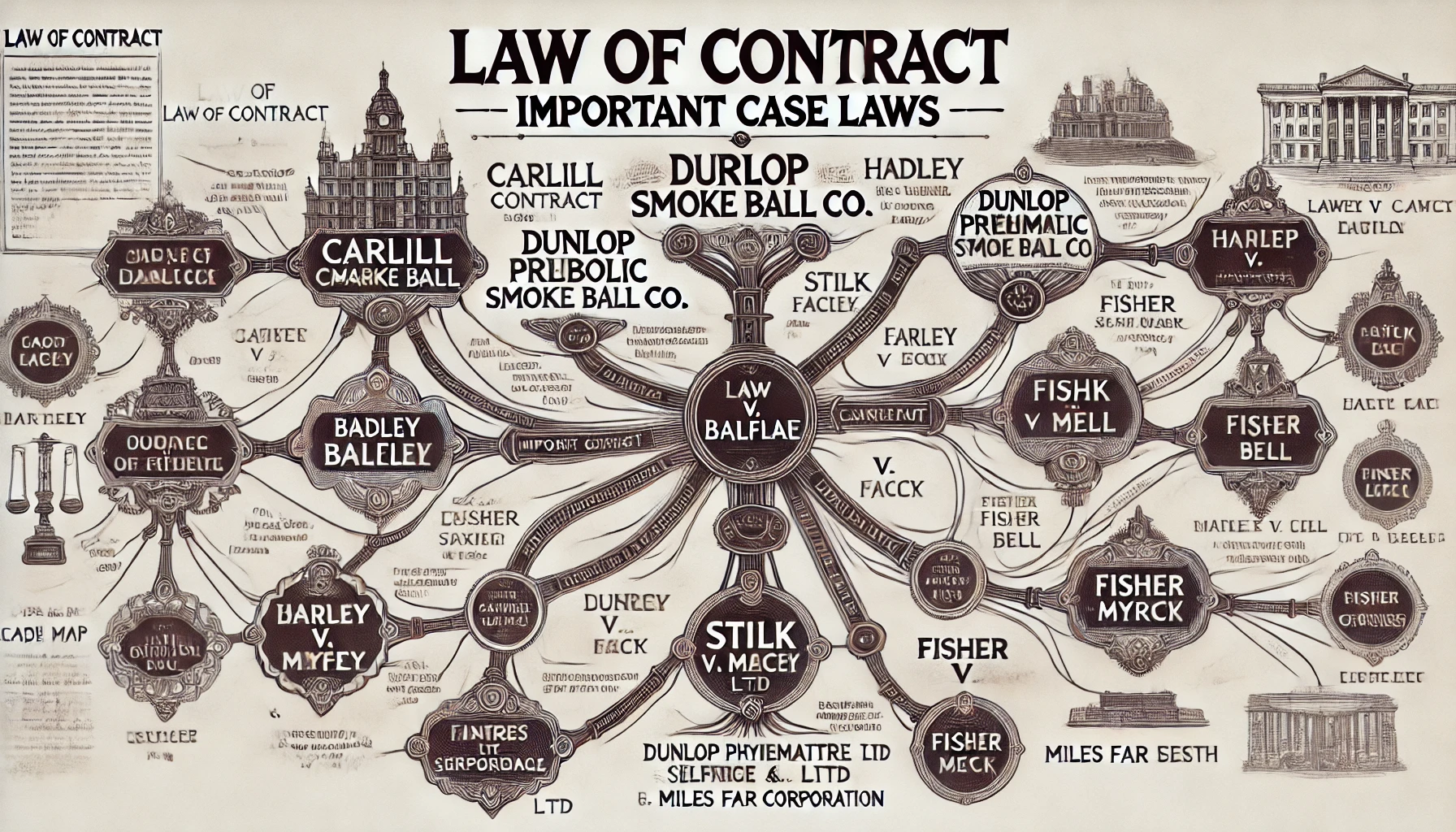
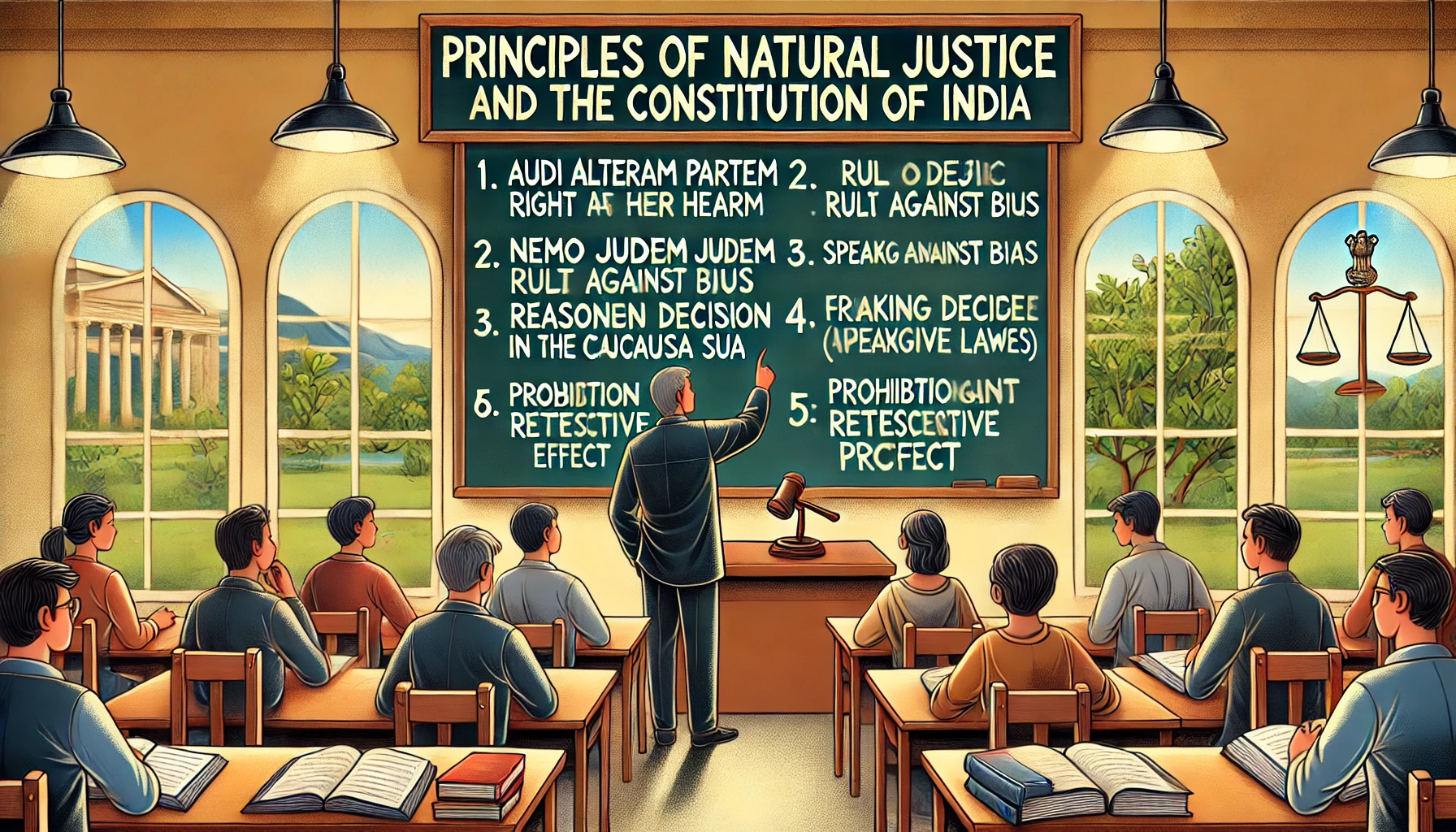

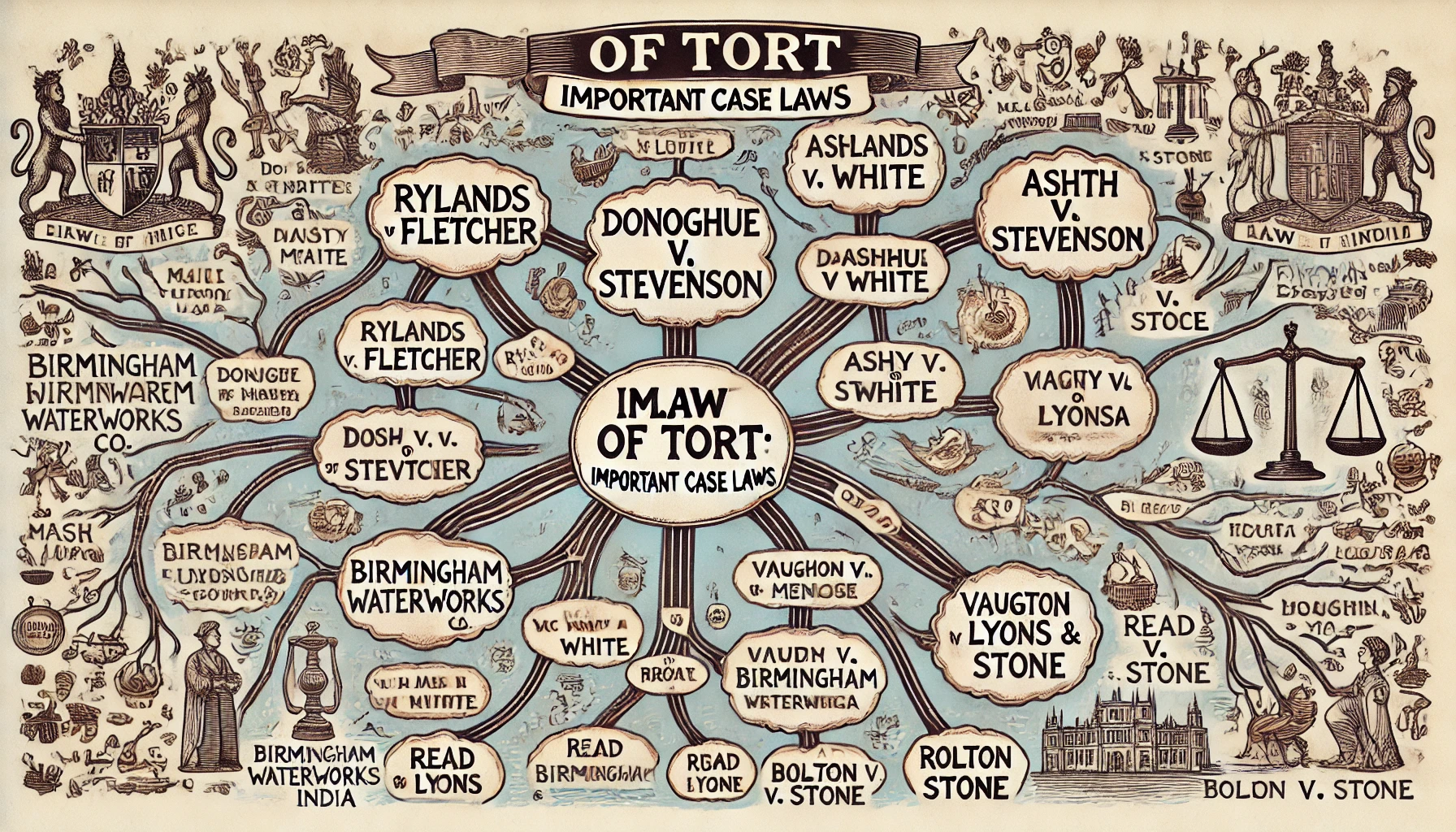












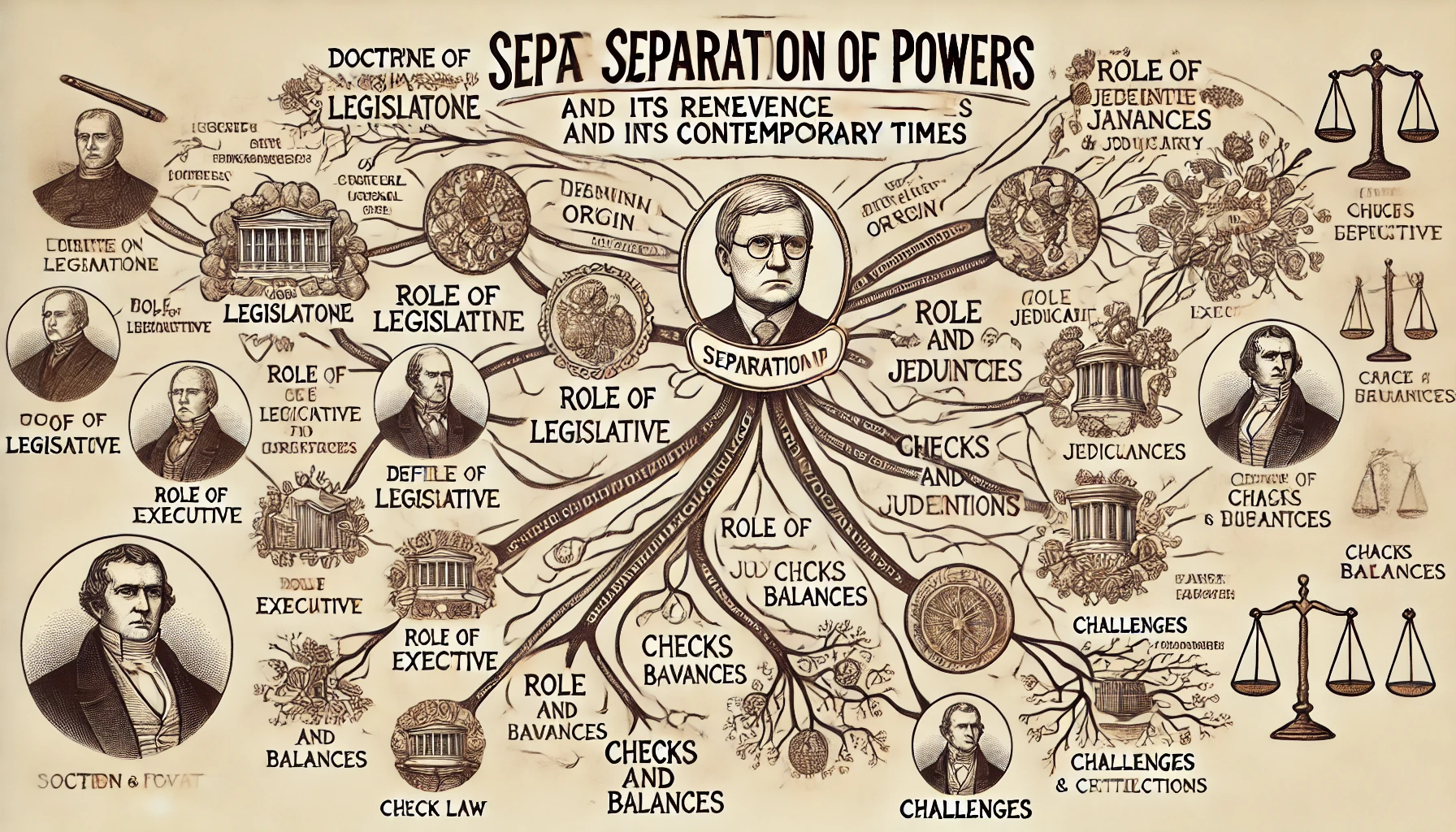



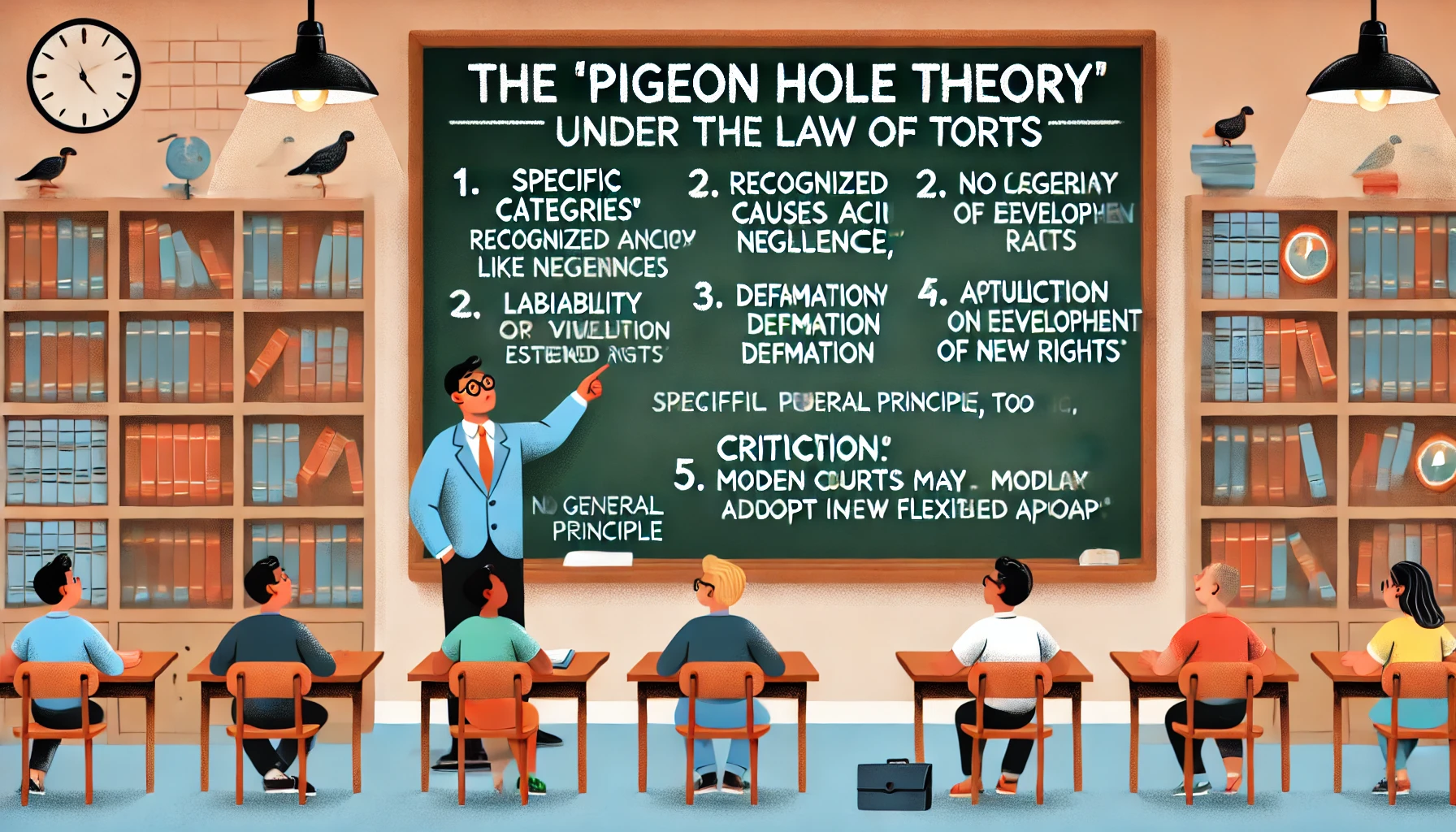


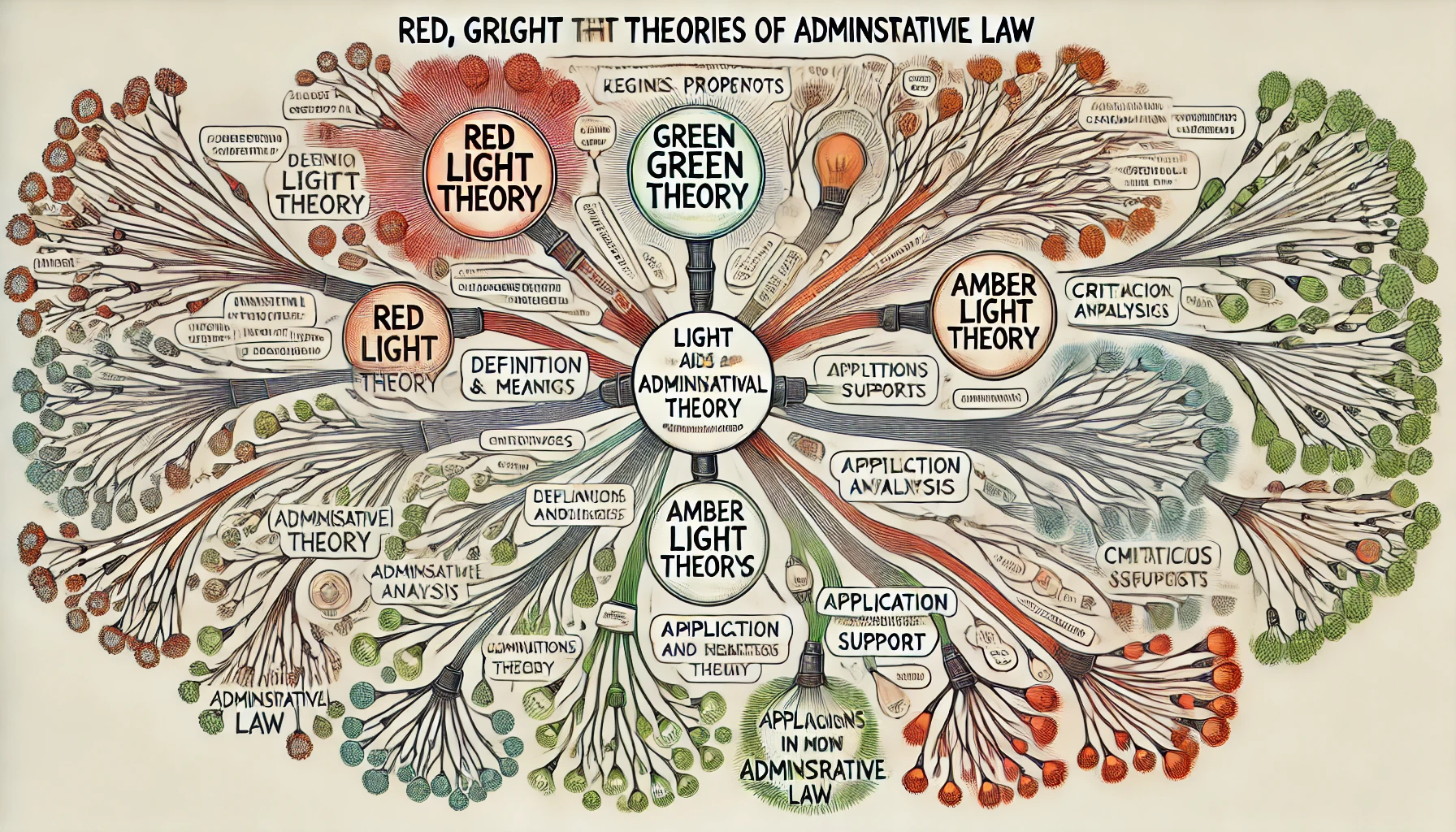


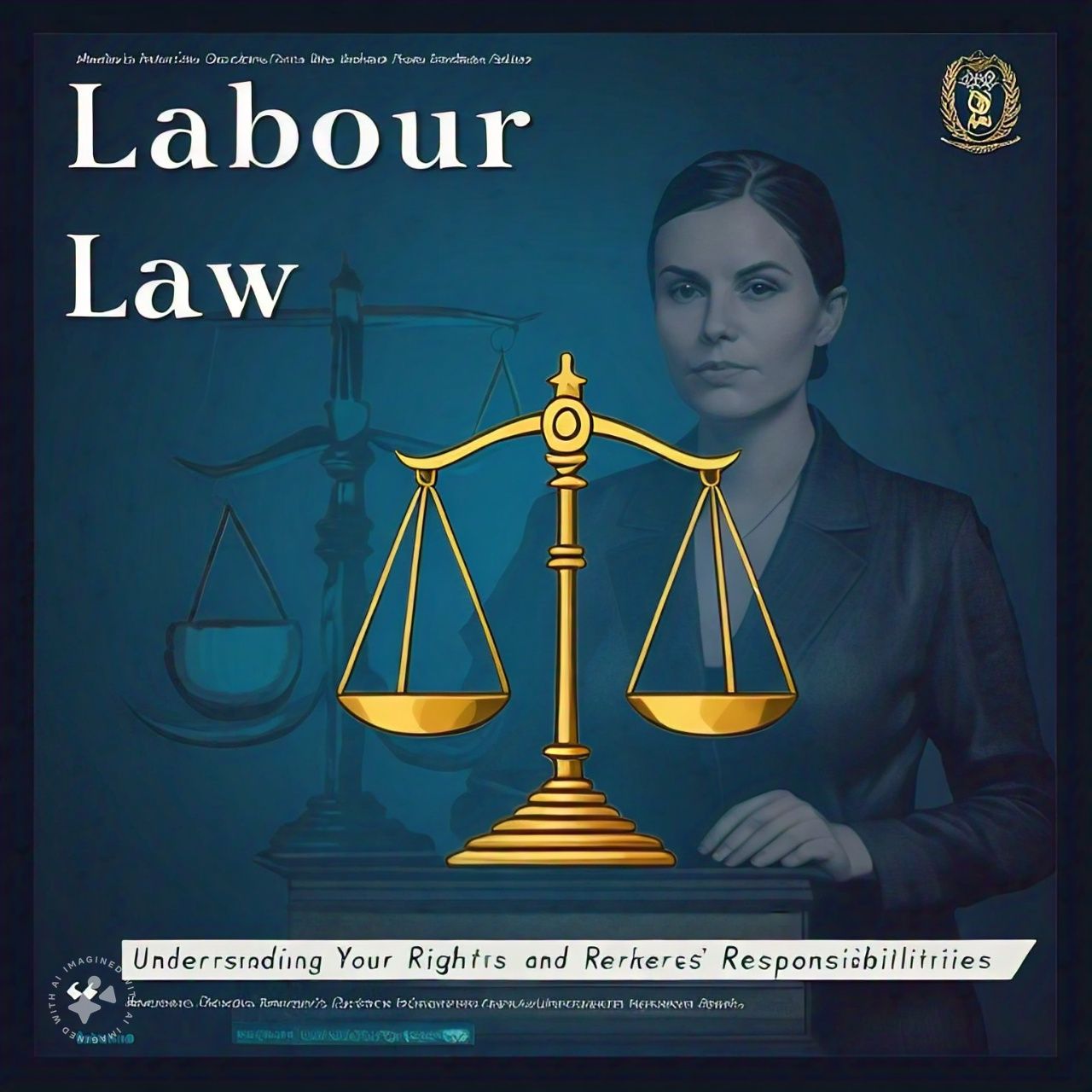
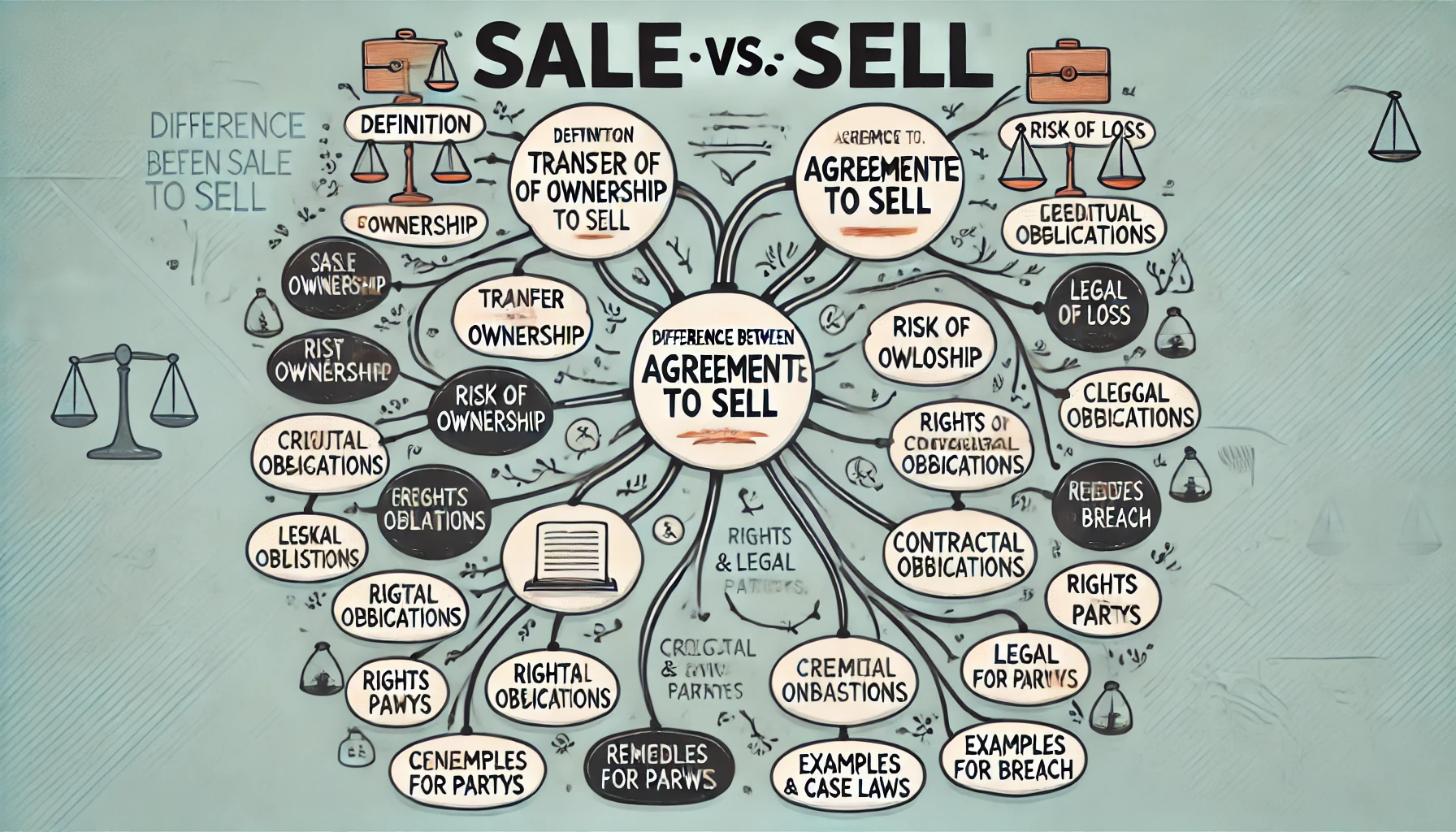


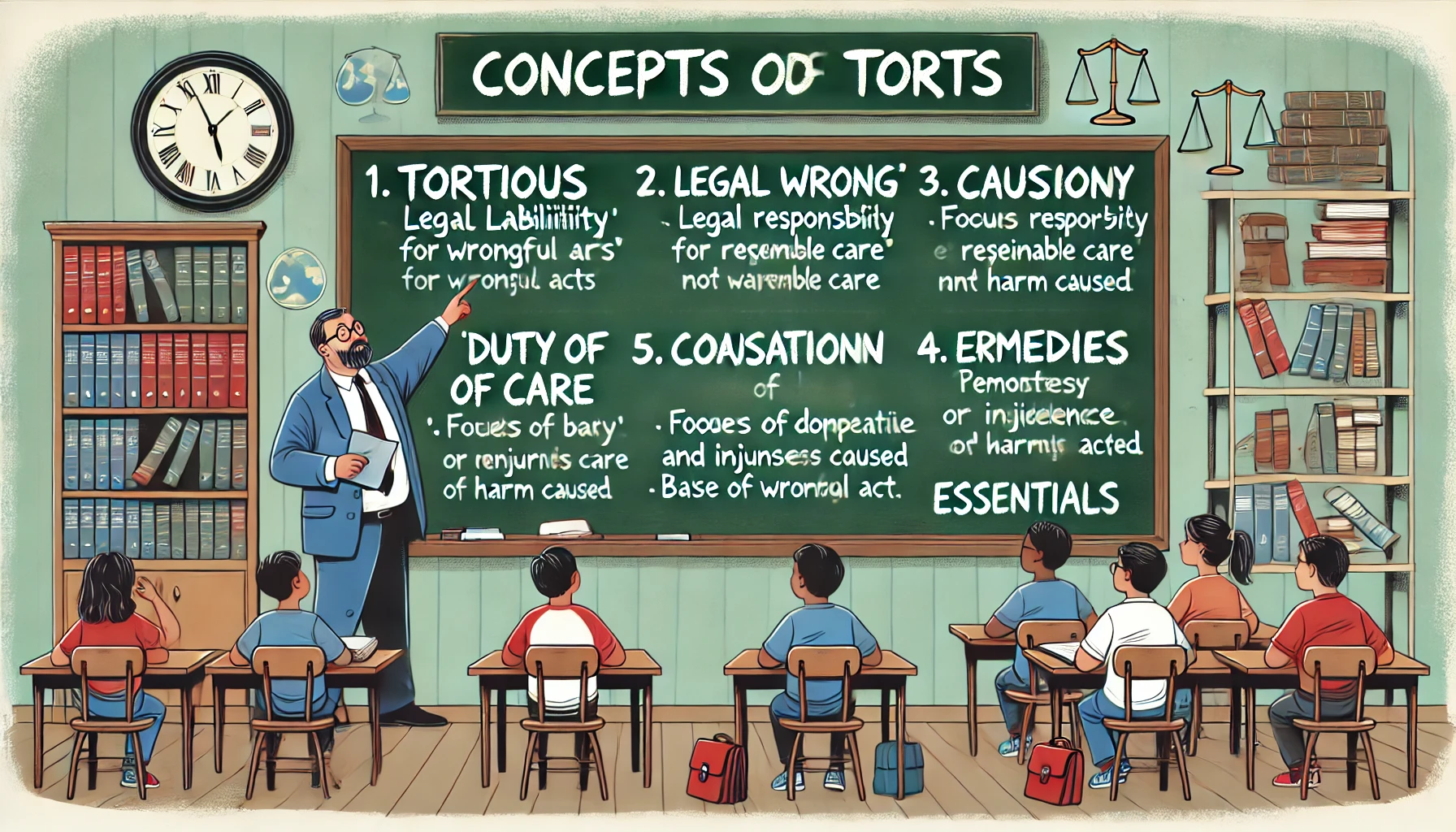
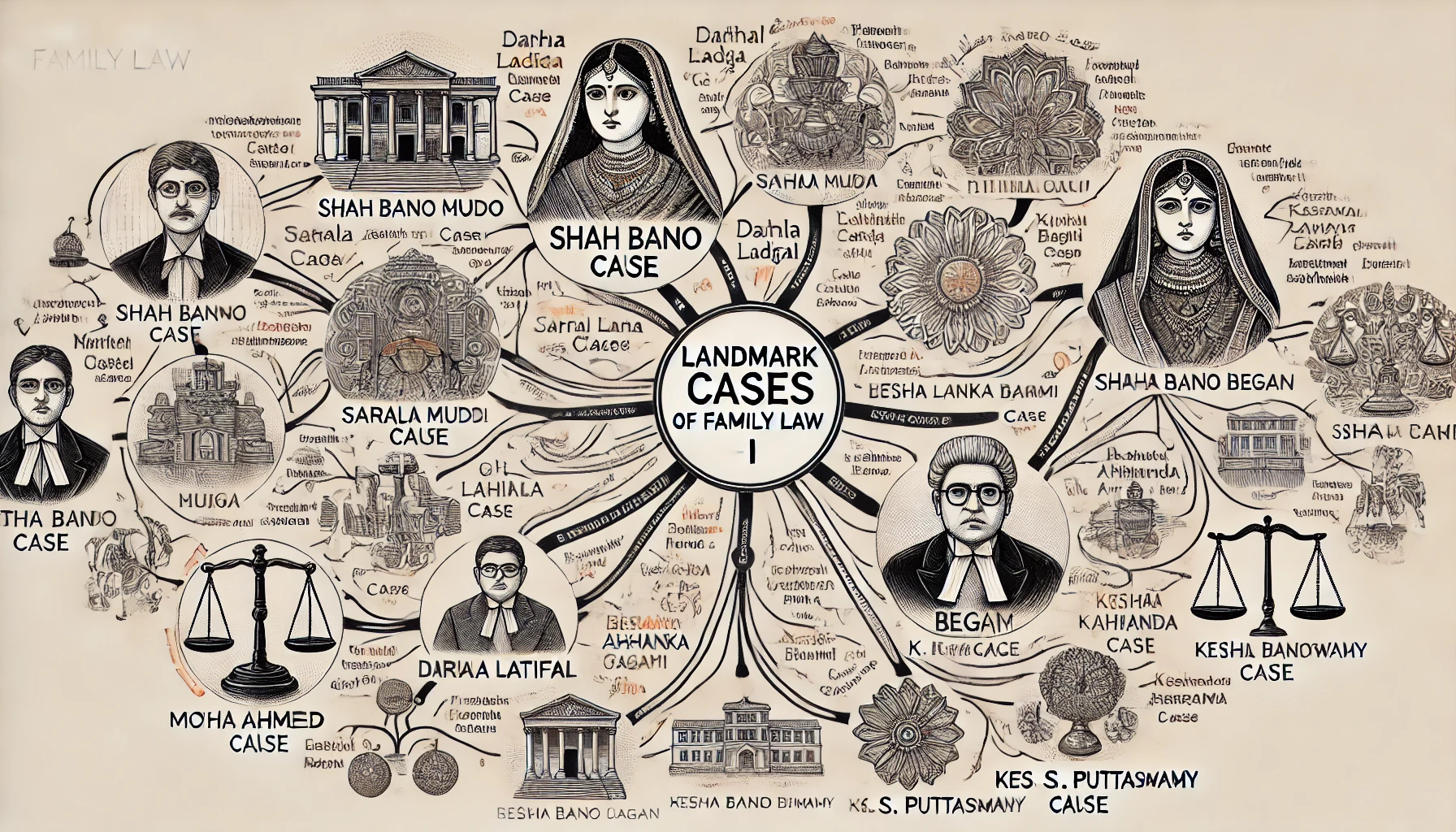

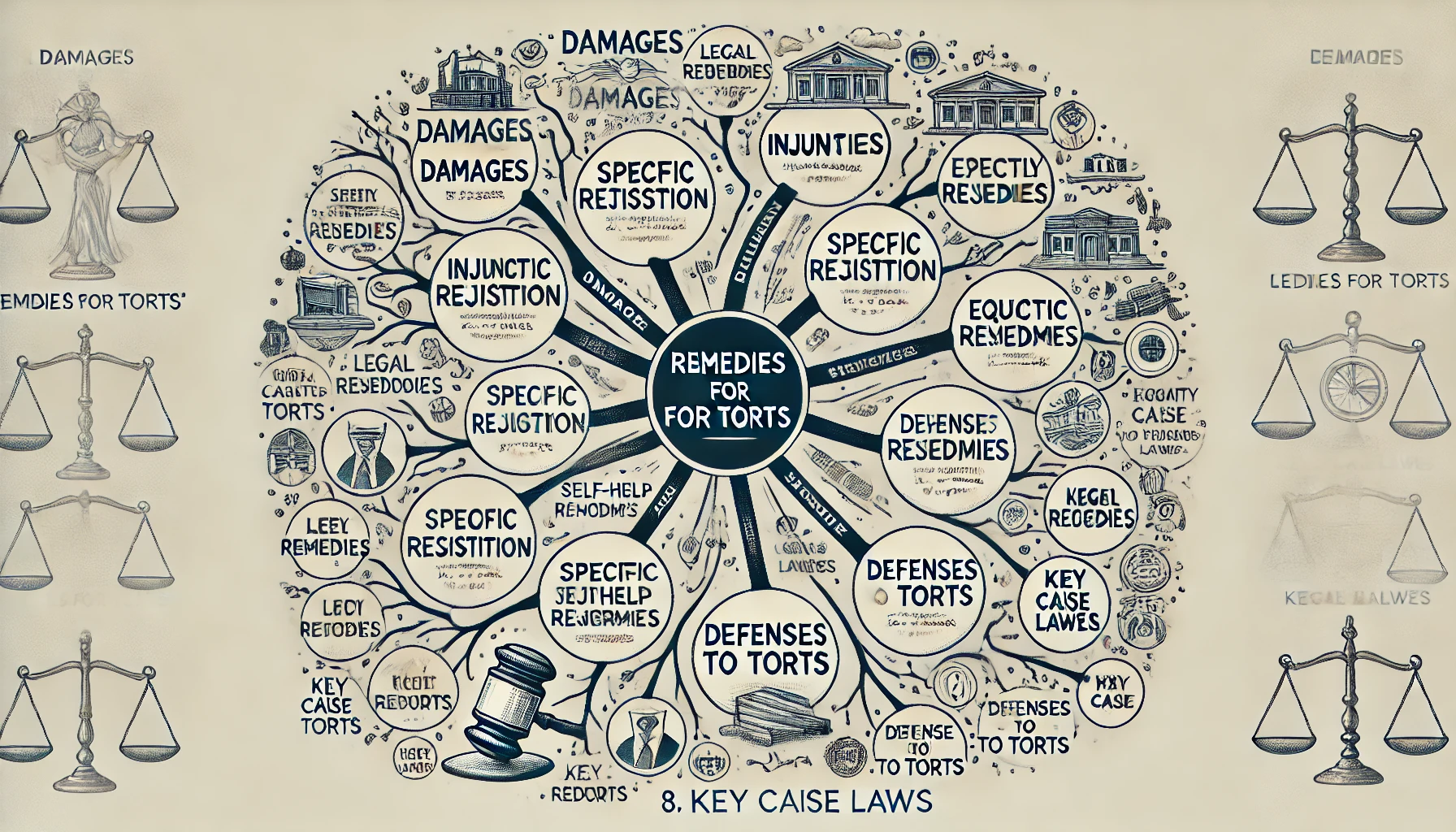



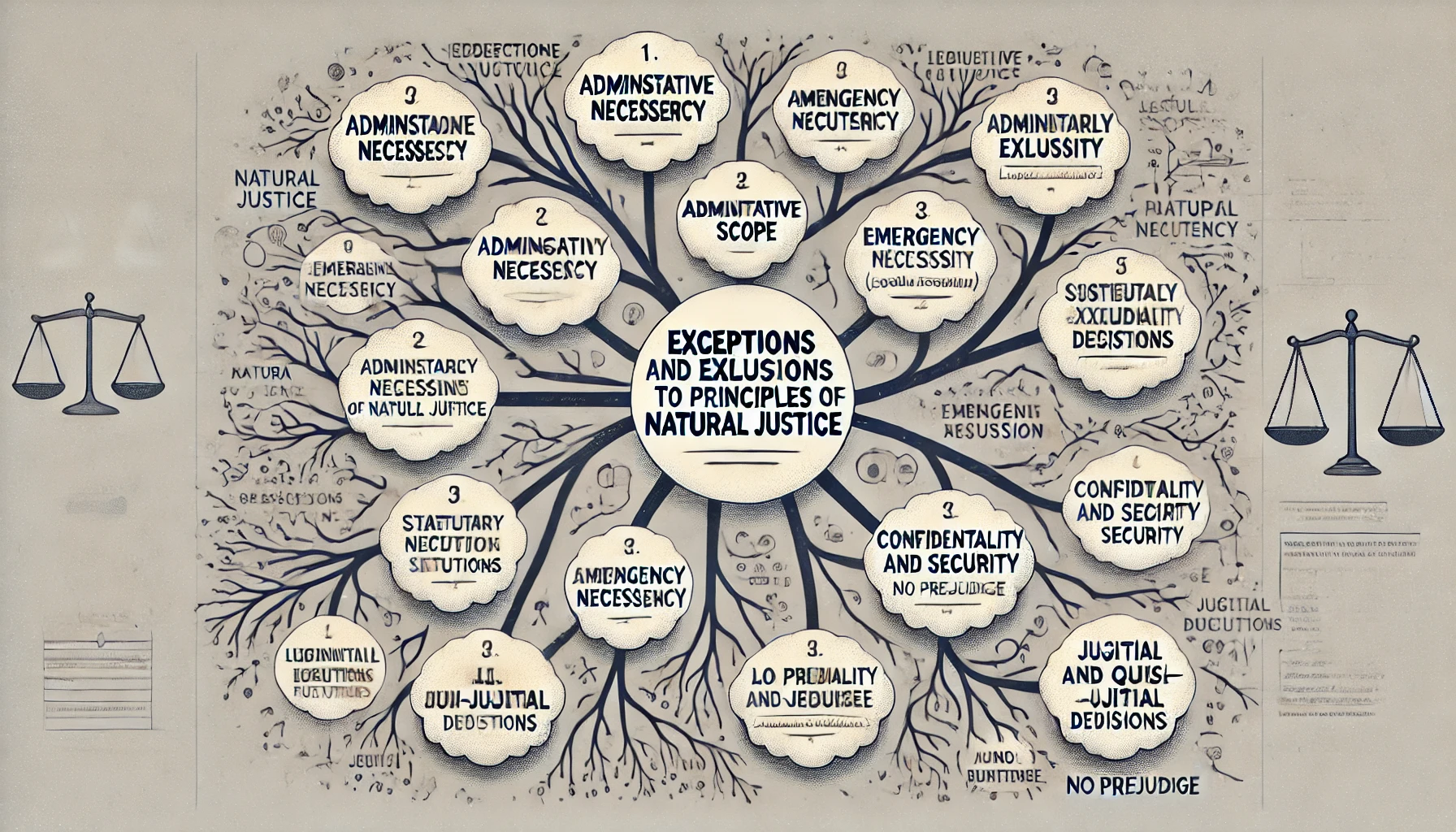




Comment
Nothing for now